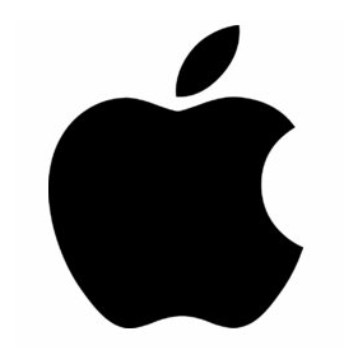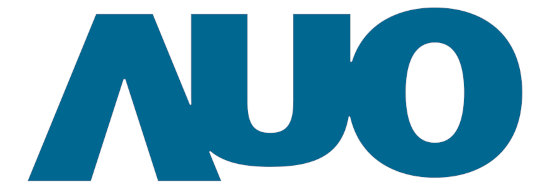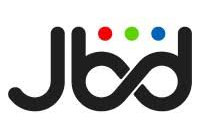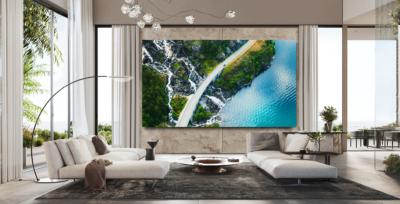STRATACACHE
 STRATACACHE is a digital signage, merchandising and customer engagement systems developer, targeting the retail, restaurants, banking and financing, gaming, events and education markets.
STRATACACHE is a digital signage, merchandising and customer engagement systems developer, targeting the retail, restaurants, banking and financing, gaming, events and education markets.
STRATACACHE is constructing the first US-based complete display production facility in Eugene, Oregon, the future MicroLED E4 fab.


 Apple, one of the world's largest companies, develops consumer electronics and computer software, and the company also develops a wide range of next generation technologies.
Apple, one of the world's largest companies, develops consumer electronics and computer software, and the company also develops a wide range of next generation technologies. Taiwan's AUO (previously AU Optronics) was formed in 2001, by the merger of Acer Display and Unipac Optoelectronics. Later in 2006 AUO merged with Quanta Display. AUO is the world's number 3 manufacturer of TFT-LCDs, and also produces OLED display in low volume.
Taiwan's AUO (previously AU Optronics) was formed in 2001, by the merger of Acer Display and Unipac Optoelectronics. Later in 2006 AUO merged with Quanta Display. AUO is the world's number 3 manufacturer of TFT-LCDs, and also produces OLED display in low volume. BOE Pixey was
BOE Pixey was 
 US-based Google is a multinational technology company focusing on search engine technology, AI, online advertising, cloud computing, and consumer electronics.
US-based Google is a multinational technology company focusing on search engine technology, AI, online advertising, cloud computing, and consumer electronics.
 JBD (Jade Bird Display), established in 2015 in Shanghai, China, develops micro-LED based MicroDisplays for near-eye and image projection applications based on its proprietary hybrid monolithic integration technology.
JBD (Jade Bird Display), established in 2015 in Shanghai, China, develops micro-LED based MicroDisplays for near-eye and image projection applications based on its proprietary hybrid monolithic integration technology.







